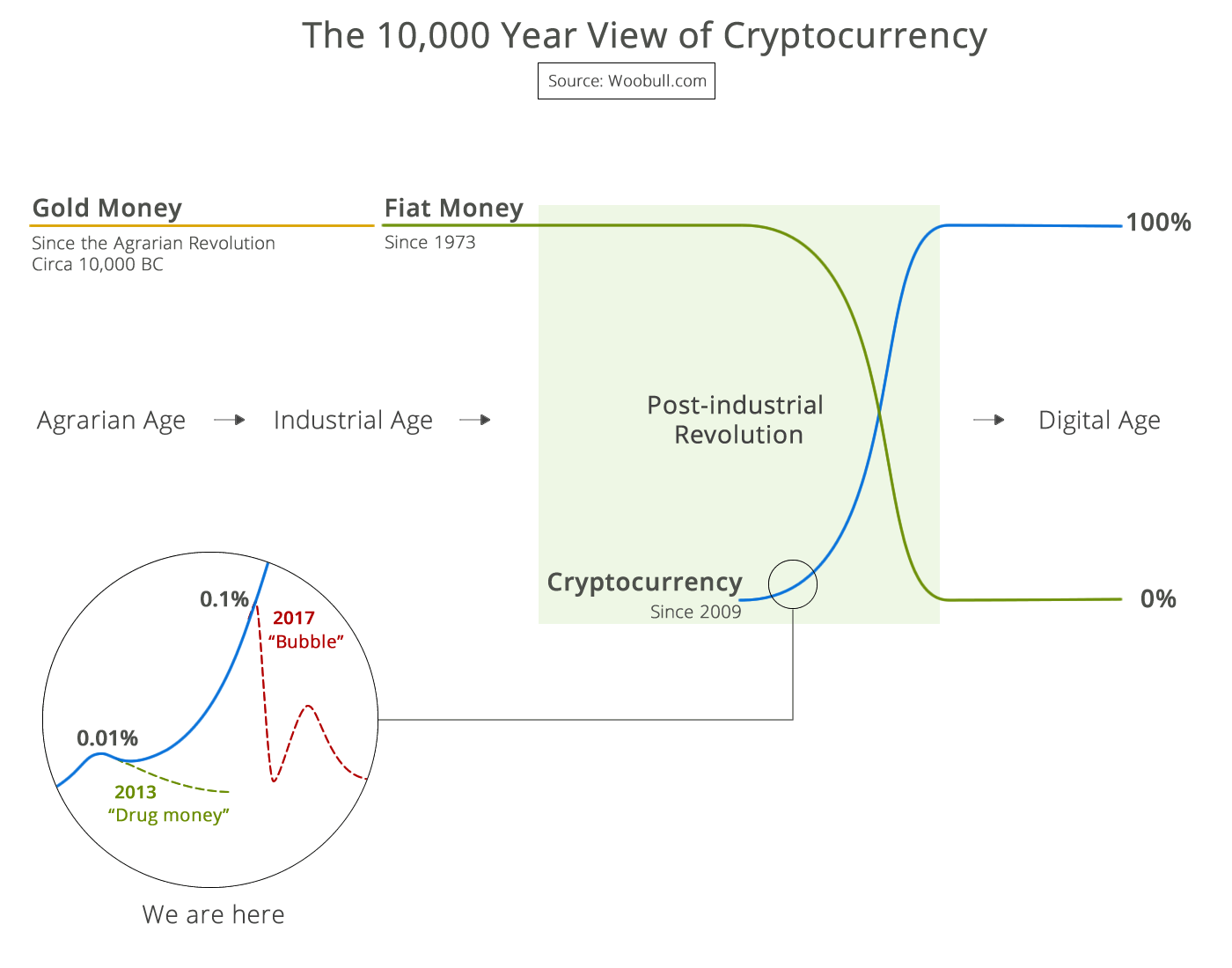A friend gave me a paper copy of Jesse James Garrett’s “The Nine Pillars of Successful Web Teams”. You can get the just of the material in a web posting. It’s a decent article. Okay. Kind of fuzzy mumbo jumbo. For example, why 9 pillars, not 8 or 10? No reason. It’s just what he thought of as he wrote. Missing is the significant “And Therefore…” conclusion. People who include the conclusion are the brave ones.
Two thoughts.
The first paragraph says Project Management is the hub that binds all the tactical competencies. Hub? How come Abstract Design shows in the center of the graphic? How about saying Project Management is the adhesive or glue that binds.. Mixed analogies made me question the rest of the writing.
When I rolled down the to the bottom, I had the light bulb realization that made reading the article worth while. “User-centered design means understanding what your users need, how they think and how they behave — and incorporating that understanding into every aspect of your process.”
I realized the recursive nature of the web design industry. Not just web design, but any design, these days. Any industrial design. Even $1B aircraft designs. It’s all about surveyed and marketed user opinion. What ever happened to designing things the way they ought to be designed? Remember the original Boeing jet? Why? Because air travel was suppose to be done with jets, that’s why.
When web technology was conceived as a hypertext system, serving content and information, rather than an application portal, it wasn’t based on what the users wanted. Someone had a vision, and did it regardless of everybody else storing sequential documents.
Consider breaking the feedback loop with your users. Socialized creativity doesn’t work. If you want to be a web technician, go for it. If you want to be an innovator and creator of the future, you’ll need to break the feedback loop and do something new. Consider providing some absolute solution or capability because you know it ought to be done.
And Therefore… Don’t run around with the whims of others. Choose your path. Your insight. Your creativity. Do the thing you know has value. Get this right, and you’ll be a technology leader rather than another tag along.

 99% of ICOs Will Fail
99% of ICOs Will Fail The 10,000 year view of cryptocurrency
The 10,000 year view of cryptocurrency
I struggle with this thought at a higher level when developing a website. A class I am currently attending is causing me some grief. They make claims like your web pages need to be less than 36k, and they need to download in less than 10 seconds. No reasons or explanations are given as to why except that “user don’t like it.”
I question the rules at this higher level, but what about at a lower level? I see the nine pillars as creating a foundation for building a website. I see it as more of a methodology for creating something. I don’t know if I would call them rules, but maybe more of a set of guidelines to go by. My question is do we question that process as well? It seems to me that working with the pillars would give you the freedom to develop whatever it is your developing and not get lost in the world of mumbo jumbo rules on how your supposed to design it. The problem with the web is that its not definable. A website is not just a jet, but a tank, and a car, and a pillow, and a fruit basket, and, and, and. Its everything, anything, and nothing. Yet some how the all encompassing title of website suffices for all of it. Every website is this unique thing that needs to be figured out. The pillars should be a system or methodology for answering the question of what each unique website is. There is no one way websites ought to be done. However there is at least one way for this specific website, for these specific users, and for these specific reasons it ought to be done. Do you become a technology leader by getting the answer right for the one website? If so, at what level do you not follow the “whims” of others? Or do we become a technology leader because we give up making websites completely and go build something else that entirely new?
Looking for a way to answer “What is a website?” If we use the pillars are a way to answer this question, it tempts us to force-fit a website into whatever need is at hand. The process tells us how to force fit it into a mold. But.. the process does not address if we should be using a web page at all. Rather than look for the one right way to do a website, I consider whether a website should be done. If so, then it’s character and design will be obvious because it will be answering a need rather than trying to create one! Become a technology leader doing whatever is required — if that is a website, go for it! If it’s something else, then design something else!